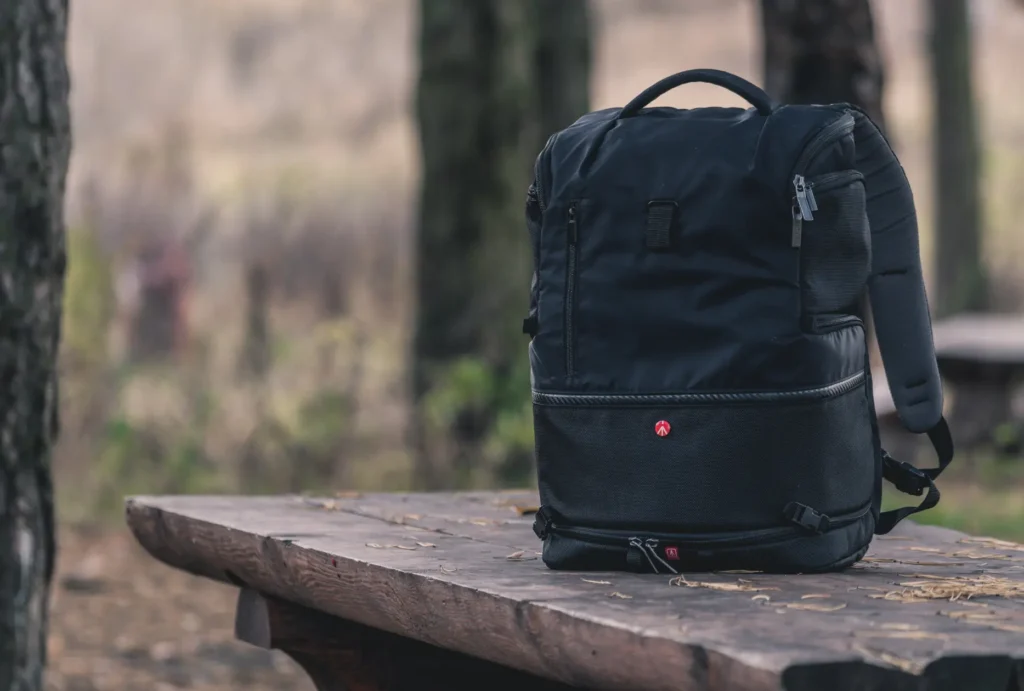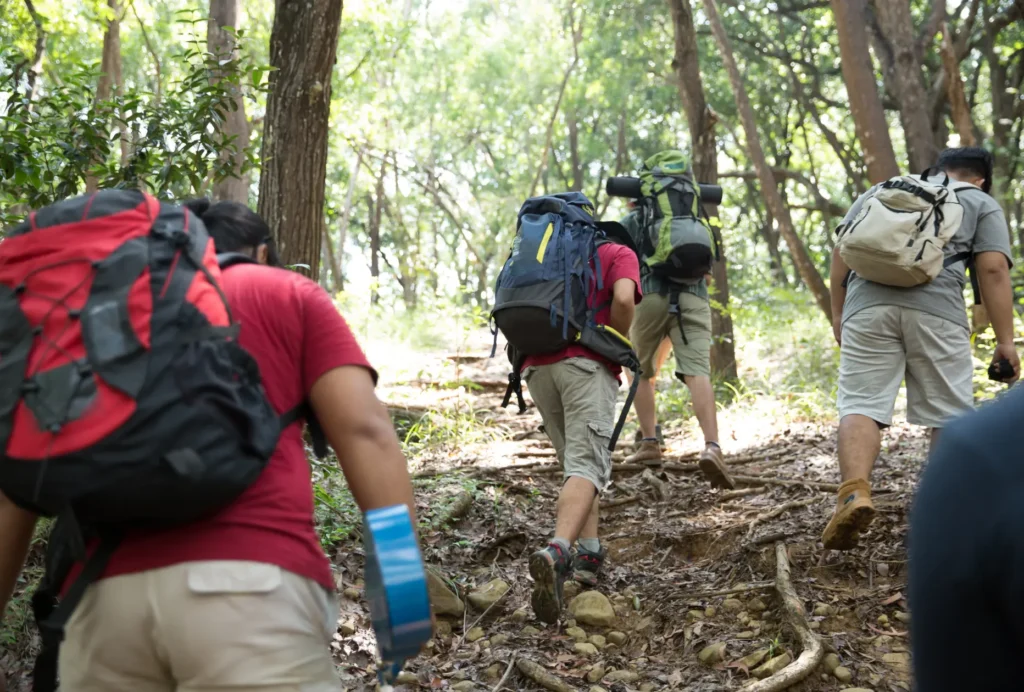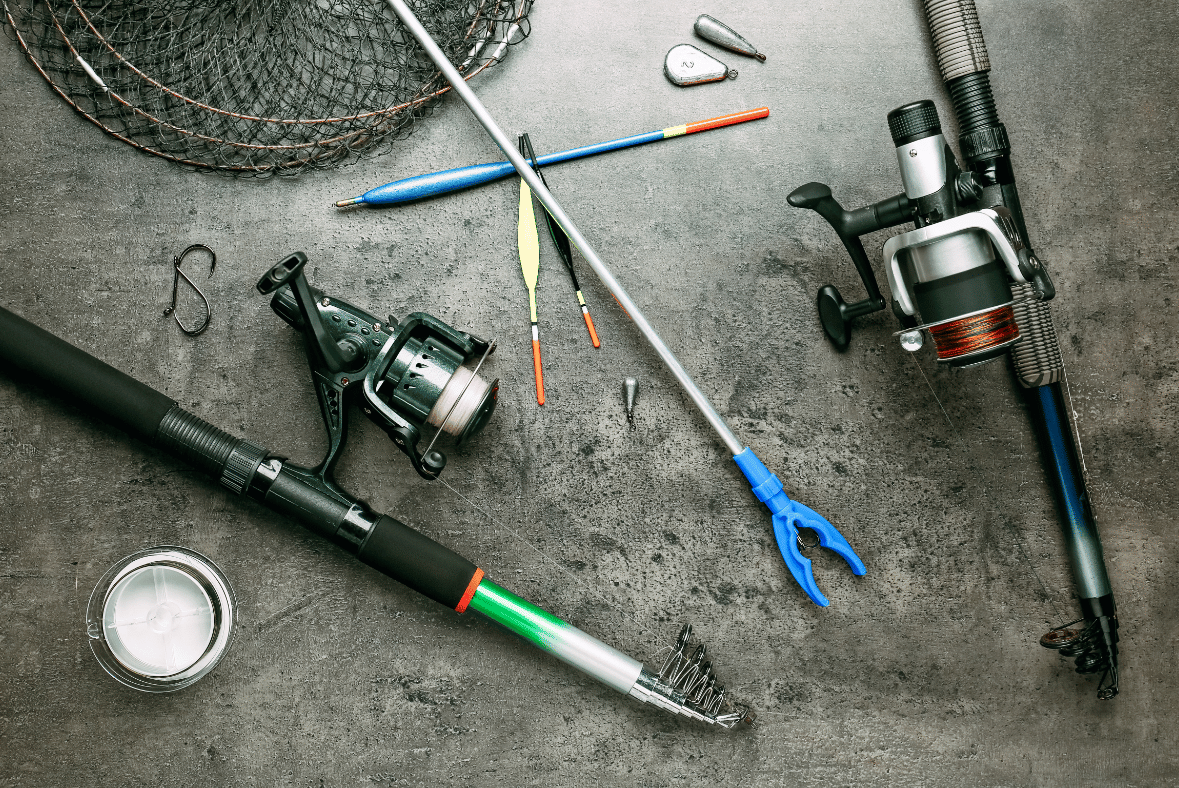How to Pack Backpack for Day Hiking. Best 7 tips.

To pack a backpack for day hiking, prioritize essentials and distribute weight evenly. Start by placing heavier items closer to your back for balance.
Table of Contents
Embarking on a day hike requires thoughtful preparation to ensure you’re equipped for the trail while not being weighed down by unnecessary items. The art of packing a backpack efficiently involves a strategic approach that focuses on safety, comfort, and accessibility.
Ensuring that you have the right gear at hand can make a significant difference in your hiking experience. A well-packed backpack enhances your mobility, minimizes strain on your body, and allows you to fully enjoy the natural beauty surrounding you. Seasoned hikers and novices alike will benefit from mastering the skill of effective backpack organization, making each step on the path an enjoyable part of your outdoor adventure.
Essentials For Every Hike
Heading out for a day hike brings adventure and surprise. Preparing with the right essentials keeps these surprises nice and safe. Let’s pack smart with all you need to enjoy your journey.
Navigational Tools: Maps And Compasses
Never underestimate the wild. No matter how well we know the trail, getting lost is a risk. To stay on track, take navigational tools.
- Paper maps show the area in detail.
- A compass, paired with your map, guides you through unknown paths.
These tools need no battery or signal and work in any weather. A must-have for every backpack.
Hydration Solutions: Water Bottles And Filters
Water is life! Staying hydrated is essential for hiking. Calculate your need before you start.
| Duration | Water Needed |
|---|---|
| Short Hike (Under 2 hours) | 1 liter |
| Long Hike (2-8 hours) | 2-3 liters |
Carry a durable water bottle. Choose one that keeps your water cool. Have a water filter or purification tablets ready. Streams may seem clean, but always play it safe.
Choosing The Right Backpack

Embarking on a day hike requires the perfect companion: your backpack. Choosing the right backpack is crucial for a comfortable journey. Let’s look at how to select a backpack that won’t let you down on the trail.
Size And Volume Considerations
Day hikes mean packing light and smart. Selecting a backpack with the ideal size and volume is the first step. Here’s a quick guide:
- 10-20 liters: Perfect for short hikes with minimal gear.
- 20-30 liters: A sweet spot for most day hikers, offering room for food, water, and layers.
- 30+ liters: For those who carry extra gear or hike with kids.
Remember, a backpack too large invites unnecessary items; too small, and you might leave essentials behind.
Fit And Comfort Features
Comfort on the trail is a priority. The right fit makes all the difference. Tips for a comfortable pack:
| Feature | Benefit |
|---|---|
| Padded Shoulder Straps | Reduce shoulder strain and improve weight distribution. |
| Ventilated Back Panel | Keeps your back cool and prevents sweat buildup. |
| Waist Belt | Stabilizes load and transfers weight to hips. |
| Sternum Strap | Offers additional support and keeps straps in place. |
| Load Adjuster Straps | Helps fine-tune the backpack balance. |
Always try on backpacks with some weight inside. Ensure a snug, comfortable fit with no pressure points or gaps. Adjust the straps for a custom fit.
Maximizing Space And Accessibility

Packing a backpack for a day hike is an art that balances what you need with how to fit it all in. Mastering this skill ensures you carry everything without feeling weighed down. Let’s explore how to maximize space and ensure the most important items remain easily accessible.
Organization Strategy: Compartments And Pockets
Knowing your backpack’s layout is key to packing smart. Utilize every compartment and pocket strategically:
- Main compartment: Reserve for larger items like water, food, and extra clothing.
- Top lid: Ideal for quick-access items like snacks, map, compass, and sunscreen.
- Side pockets: Perfect for water bottles or small items you need at hand.
- Hip belt pockets: Store essentials you need without removing your pack, such as a camera or phone.
Smart compartmentalization keeps gear organized and balanced.
Efficient Packing: Layering And Rolling Techniques
To maximize space, embrace layering and rolling techniques:
| Layering | Rolling |
|---|---|
| Place flat items at the backpack’s back for structure. | Roll clothes tightly to reduce space and prevent wrinkles. |
| Order gear by use frequency, with less-used items at the bottom. | Use rubber bands to keep rolled items secure. |
Both methods streamline your pack, making it easy to find exactly what you need, when you need it.
Food And Snacks On The Trail
Embarking on a day hike brings the promise of breathtaking views and fresh air. One key component to an enjoyable adventure is the right selection of food and snacks. Not only does it provide the necessary fuel to keep the momentum, but it also ensures that energy levels remain consistent throughout your journey. Let’s talk about what food items to carry and how to manage the packaging and waste on the trails responsibly.
Nutrition And Energy: Balanced Food Selections
Choosing food that provides both immediate and sustained energy is crucial. Aim to balance carbohydrates, proteins, and healthy fats in your selections. Here’s a simple guide on what to include in your backpack:
- Complex Carbs – For lasting energy. Think whole-grain bread, granola, or energy bars.
- Proteins – To repair muscles. Options include nuts, seeds, or lean jerky.
- Fruits – Quick sugars for a swift boost. Easy choices are apples or bananas.
- Hydration – Water is vital, but a sports drink can replenish electrolytes too.
Remember to adjust quantities based on the length and intensity of the hike.
Packaging And Waste Management
Keeping trails clean is a shared responsibility. Thoughtful packaging and waste management are non-negotiables. Here are some tips:
- Choose reusable containers over single-use plastics.
- Compress food packaging to save space and minimize trash.
- Carry small trash bags for leftover waste.
- Plan to pack out all you pack in, leaving no trace behind.
Snack smart and sustain the beauty of the outdoors by treading lightly on the earth.
Safety Gear And First Aid

Packing for a day hike means preparing for the unexpected. Safety gear and a well-stocked first aid kit are as vital as your water and snacks. These essentials can turn an accident into a mere inconvenience, rather than a disaster. Be smart, stay prepared, and ensure every adventure is a story worth telling.
First Aid Kit Must-haves
A first aid kit is your first line of defense in the great outdoors. Its contents can be the difference between a quick patch-up and a distress call. Personalize it to fit your needs and consider these non-negotiable items:
- Bandages in various sizes
- Antiseptic wipes for cleaning wounds
- Antibiotic ointment to prevent infection
- Blister treatments, crucial for hikers
- Medical tape and scissors
- Safety pins and tweezers
- Analgesics such as ibuprofen or aspirin
- Sterile gauze for larger cuts
- Emergency whistle for attracting attention
- Allergy medications if required
Weather Protection: Clothing And Shelter
Adverse weather can strike swiftly. Your pack should have a section dedicated to gear that can shield you from the elements. This includes:
| Item | Use |
|---|---|
| Lightweight rain jacket | Keeps you dry and warm |
| Sun hat and sunglasses | Protects against sunburn and glare |
| Extra insulating layer | For unexpected temperature drops |
| Emergency bivy or space blanket | Compact shelter in case of a sudden turn in weather |
Remember: always check the weather forecast before you leave, but also prepare for its unpredictability. Layering your clothing is a smart move. It keeps you ready for a change in temperature while maintaining comfort during your hike.
Tech And Tools For A Successful Hike
Stepping into the wilderness sparks a sense of adventure. Proper gear guarantees a memorable experience. Today’s tech and tools can ensure safety and efficiency on your day hike. Let’s explore the essentials.
Gps And Emergency Devices
Never underestimate the value of navigation technology. Clear paths can become confusing trails. A reliable GPS keeps you on track. Always pack a charged GPS unit. Consider devices with built-in SOS signals for serious scenarios. They can be life-saving.
- Handheld GPS units – Compact, durable, and precise.
- Smartphones with GPS apps – Convenient but battery-dependent.
- Personal locator beacons (PLBs) – A must-have for emergency situations.
Utility Tools: Knives And Multitools
A sharp blade or a multifunctional tool is a hiker’s best friend. From preparing snacks to emergency repairs, these tools have countless uses.
| Type | Uses | Recommendations |
|---|---|---|
| Fixed Blade Knife | Cutting, slicing, wood carving | Durable, reliable choice for heavy-duty use |
| Folding Knife | General use, easy to carry | Safe and convenient for quick access |
| Multitool | Screwing, cutting, gripping | Versatile, functional for various tasks |
Top picks include a balance of lightweight design and practicality. Select gear that aligns with your hiking plans. Stay prepared so the great outdoors can be savored, one step at a time.
Last-minute Checklist Before The Trail
Your backpack is nearly ready to go, but before you hit the trail, pause. This last-minute checklist ensures you’re fully prepared for an amazing day hike.
Personal Items And Identification
Check your personal items before leaving the house. Forgetting something small can make a big difference on the trail.
- ID: Make sure to carry your identification.
- Permits: Some trails require permits. Carry them with you.
- Medical info: If you have allergies or conditions, note them on a card.
- Cash: Cash can be useful for park fees or emergencies.
- Keys: Secure your car and house keys in a zipped pocket.
Keep these items in an accessible pocket so you can grab them without rummaging through your gear.
Review Of Pack Weight And Balance
Review your pack’s weight and balance to make hiking comfortable and safe.
| Step | Action |
|---|---|
| 1 | Wear your pack. |
| 2 | Adjust the straps. |
| 3 | Do a quick walk. |
| 4 | Check for any discomfort. |
| 5 | Repack if necessary. |
A well-balanced backpack should feel comfortable on your hips and shoulders. The heaviest items should sit close to your back and centered. Lighter items and frequently used gear, like snacks and a water bottle, should be easily reachable.
Conclusion
Packing your backpack efficiently sets the tone for a fulfilling day hike. Remember to balance weight, prioritize essentials, and adjust for weather. With these tips, your trek promises comfort and enjoyment. Now, lace up your boots, shoulder your optimally packed bag, and embrace the adventure ahead!





